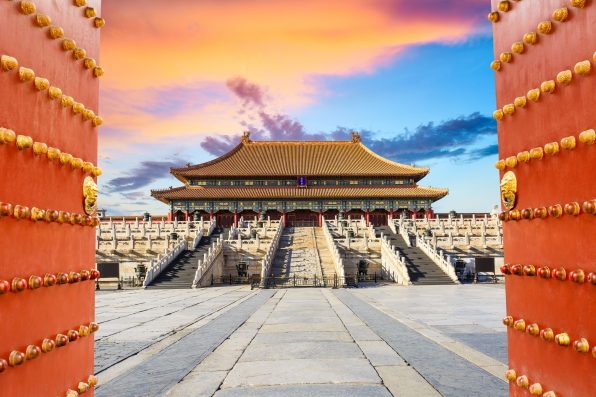Many historic societal changes have been significantly shaped by climate change’s influence. For instance, the Wanli mega-drought spurred the collapse of the Ming Dynasty, one of the most important dynasties in Chinese history.
However, a recent study has found that the event may have triggered the dynasty’s decline decades earlier than previously believed.
A series of extreme droughts caused by the “Little Ice Age” contributed to the Ming Dynasty’s ultimate demise.
The Little Ice Age brought colder temperatures and irregular rainfall patterns, which led to major agricultural disruption.
There were widespread crop failures and locust plagues, which further devastated crops, resulting in famines and social unrest. Peasant rebellions upset the stability of the empire.
Other extreme weather events, such as major flooding along the unpredictable Yellow River basin, further exacerbated the harsh conditions, destroying infrastructure and displacing populations. The cold temperatures and reduced rainfall lasted from around 1300 to 1850.
Most previous studies on the Ming Dynasty’s fall focused on the “Chongzhen Drought.” However, insufficient data and dating have prevented scientists from fully understanding the relationship between climate change and the collapse of the Ming Dynasty.
A research team led by the Institute of Earth Environment (IEE) of the Chinese Academy of Sciences has reconstructed the variations of drought severity between 1556 C.E. and 2015 C.E. in the southwest Chinese Loess Plateau. Their work was based on tree-ring stable oxygen isotopes.
The researchers identified a significant weakening of the Asian summer monsoon between 1561 C.E. and 1661 C.E., which was consistent with the Late Ming Weak Monsoon Period that occurred around the same time.

Sign up for Chip Chick’s newsletter and get stories like this delivered to your inbox.


